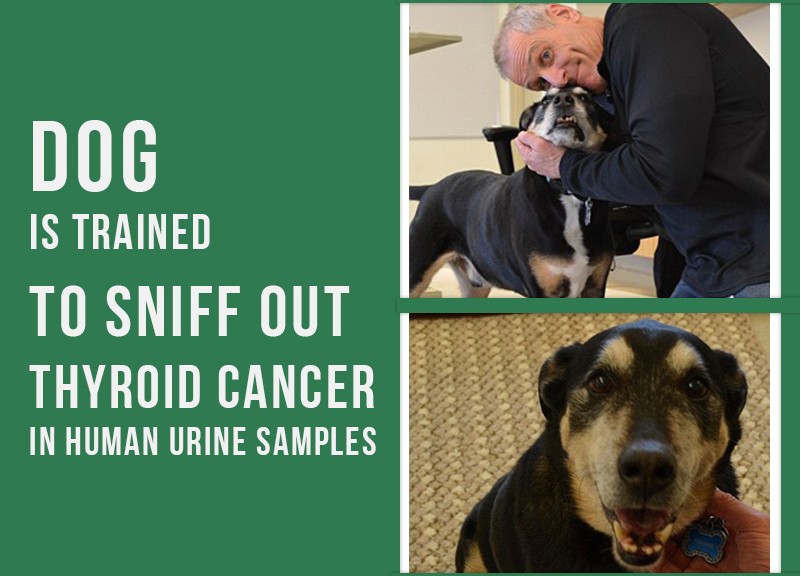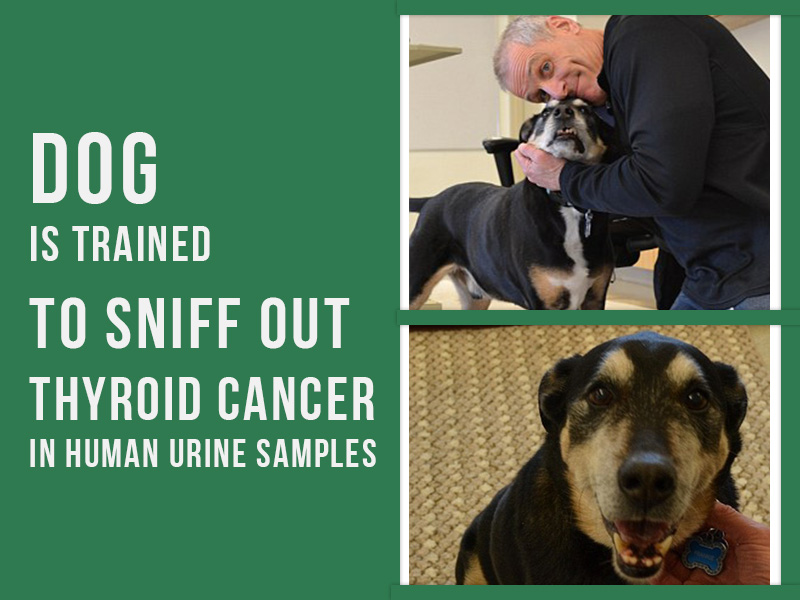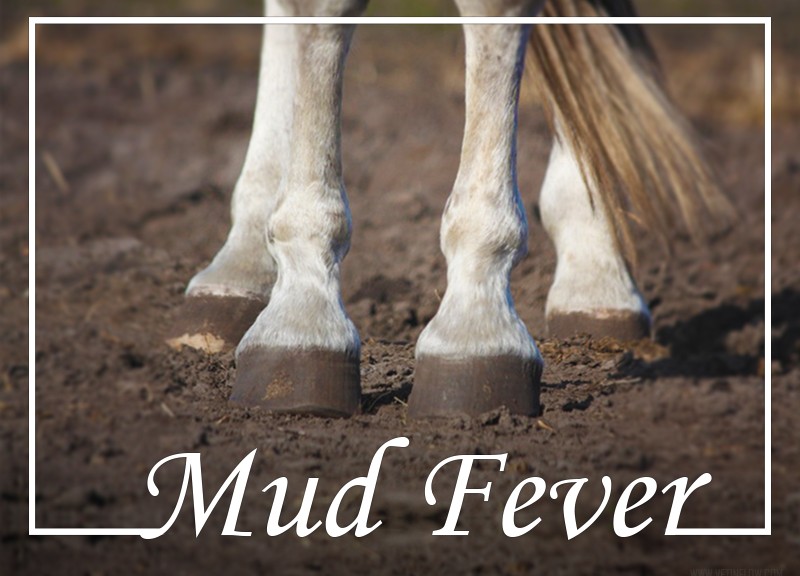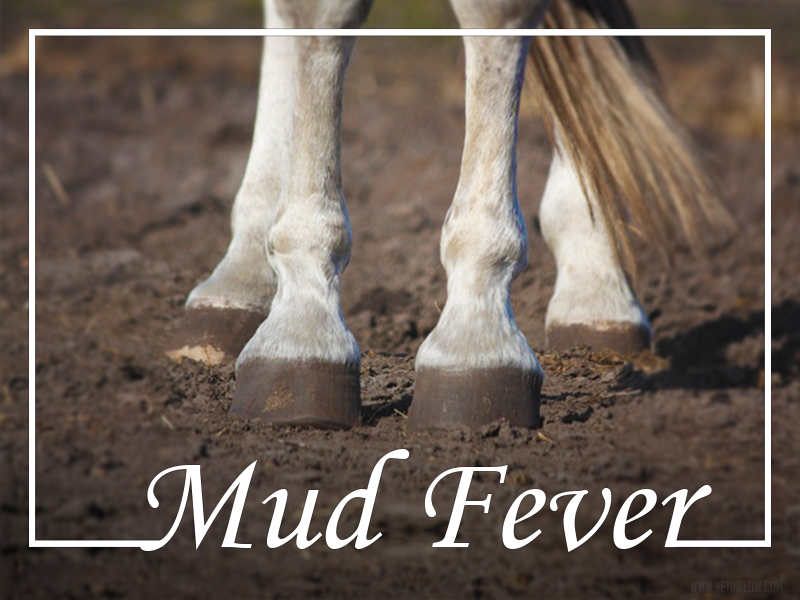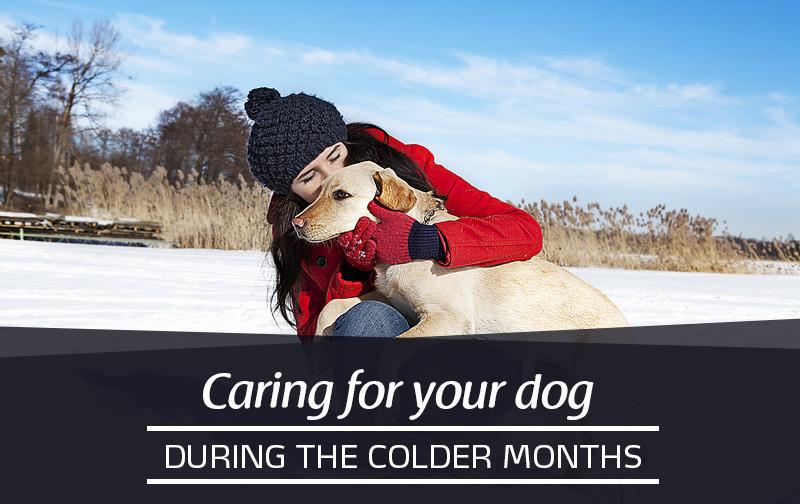Most of us are aware that dogs have an incredible sense of smell. Despite this well-known fact, dogs keep surprising us again and again with each new achievement. Just recently a rescue German Shepherd-mix named Frankie was successfully trained to differentiate between benign thyroid disease and thyroid cancer simply by smelling a person’s urine!
Frankie participated on a study with 34 human patients who had suspicious thyroid nodules. These patients underwent normal diagnostic procedures and it was concluded that 19 of them had benign thyroid disease and the other 15 had thyroid cancer. All these patients supplied a urine sample that was sniffed by Frankie.
The urine samples were presented to the dog by a gloved dog handler, one at a time, and neither the dog handler nor the study coordinator, the person responsible for recording the dog’s responses, knew about these patients previous diagnostic results. He was trained to turn away when he smelled a sample with benign thyroid disease and to lie down when he detected metastatic thyroid carcinoma, a common thyroid cancer.
Frankie was able to correctly identify which patients had thyroid cancer and which had a benign disease in 30 out of the 34 urine samples! This means that Frankie had an 88% accuracy and was able to detect a benign sample almost 9 of every 10 times.
The use of scent-trained canines to diagnose thyroid cancer has an incredible potential for many reasons. Current diagnostic procedures for thyroid cancer often give patients uncertain results and lead to a large number of unnecessary thyroid surgeries. The method generally used to detect cancer in a person’s thyroid nodules is a fine-needle aspiration biopsy. In this procedure a thin needle is inserted into the patients thyroid gland (located in the front of the neck) in order to obtain a tissue sample. Canine scent detection is non-invasive, inexpensive and the dog’s diagnostic accuracy is only slightly less than the fine-needle aspiration biopsy.
Although it may be too soon to base major decisions and decide a patient’s treatment based on the canine technique, these dogs can help physicians detect thyroid cancer at an early stage and avoid surgery when unwarranted in a non-invasive way. With the help of these dogs many lives are likely to be saved and our current diagnostic procedures will be much easier for people suffering from these conditions.
Would you like to know more about dogs? Check our Canine Courses:
Canine courses
